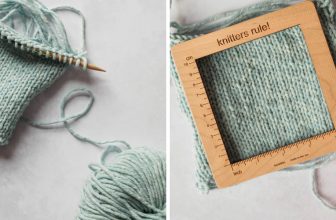How to Clean a Silhouette Mat
Cleaning a Silhouette mat is essential for maintaining its longevity and ensuring optimal performance during your crafting projects. Over time, residue from adhesive, paper, and vinyl can accumulate on the mat’s surface, affecting its ability to hold materials securely. A well-maintained mat not only enhances cutting precision but also helps prevent damage to both the mat and your cutting machine. In this guide, we will explore effective methods for how to clean a silhouette mat, allowing you to achieve the best results in your creative endeavors.
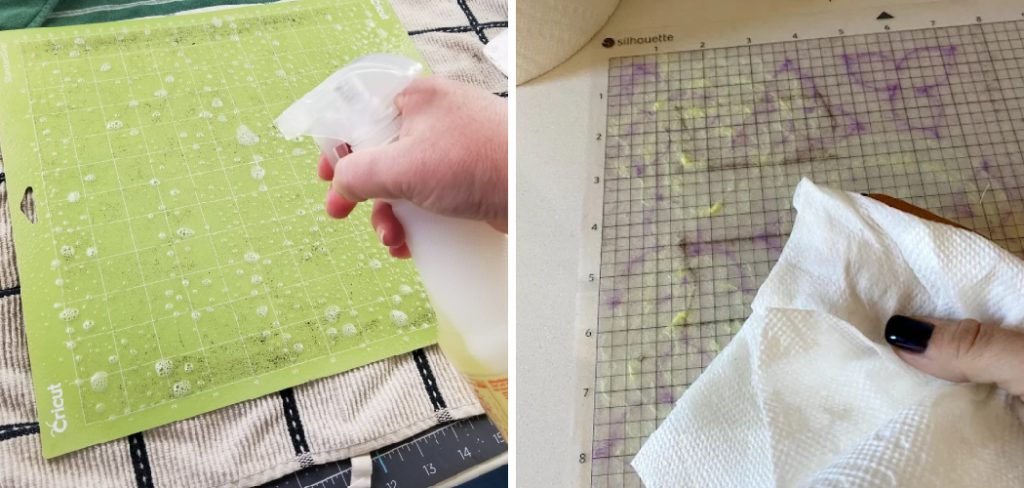
Importance of Keeping the Mat Clean
Maintaining a clean Silhouette mat is crucial for several reasons. Firstly, a clean mat ensures that your materials adhere properly, which is vital for achieving precise cuts and clean lines. Residue buildup can lead to uneven cutting and may cause your materials to slip during the cutting process, resulting in wasted supplies and potentially damaging your project. Furthermore, keeping the mat clean helps to prolong its lifespan, saving you money in the long run. Regular cleaning also prevents dirt and grime from transferring onto your craft materials, ensuring that your finished products look polished and professional. Ultimately, a clean mat enhances your crafting experience, allowing for smoother operations and more successful outcomes.
Understanding Your Silhouette Mat
Before diving into cleaning methods, it’s important to familiarise yourself with the different types of Silhouette mats available. Silhouette mats are designed for various materials and cutting needs, including standard, fabric, and strong-grip mats. Each type has a specific adhesive strength tailored to hold materials like cardstock, fabric, or thicker substrates securely during the cutting process. Understanding these differences will help you choose the right mat for your projects and ensure the appropriate care is taken during cleaning. Additionally, being aware of the mat’s wear indicators, such as reduced stickiness or discoloration, will assist you in determining when it’s time for a deep clean or even replacement. By comprehending your Silhouette mat’s features and functionality, you can make better decisions to maintain its performance and extend its life.
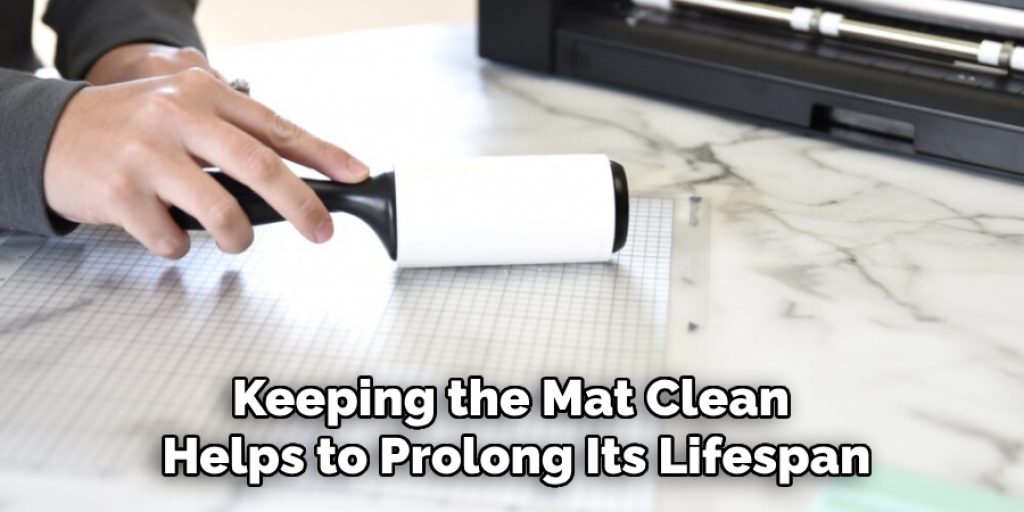
10 Methods How to Clean a Silhouette Mat
1. Using a Mild Soap Solution
One effective way to clean your Silhouette mat is to use a mild soap solution. Start by filling a sink or basin with lukewarm water and adding a few drops of gentle dish soap or a mild detergent. Submerge the mat in the soapy water and let it soak for about 10 to 15 minutes. This will help to loosen any debris or adhesive residue stuck to the surface. After soaking, use a soft sponge or cloth to gently scrub the mat in a circular motion, focusing on areas with visible grime. Rinse the mat thoroughly under running water to remove any soap residue. Allow the mat to air dry completely before using it again. This method is effective for removing light dirt and grime without damaging the mat.
2. Using a Lint Roller
A lint roller is a convenient tool for removing loose debris and dust from your Silhouette mat. Simply roll the lint roller over the surface of the mat in a smooth, overlapping motion. The sticky sheets on the lint roller will pick up dust, paper scraps, and other small particles that may have accumulated on the mat. For best results, use a lint roller with a fresh sheet to ensure that you pick up as much debris as possible. This method is quick and easy, making it ideal for regular maintenance to keep your mat clean between more thorough cleanings.
3. Using a Clean Magic Eraser
A Magic Eraser, or similar melamine foam cleaning pad, can be highly effective for removing stubborn adhesive residue and grime from your Silhouette mat. Dampen the Magic Eraser slightly with water, then gently rub it over the surface of the mat. Focus on areas with visible adhesive residue or dirt. The abrasive nature of the Magic Eraser will help lift the residue without damaging the mat. Be cautious not to apply too much pressure, as this can potentially scratch or wear down the mat. After cleaning, wipe the mat with a damp cloth to remove any remaining foam particles and let it dry thoroughly before using it again.
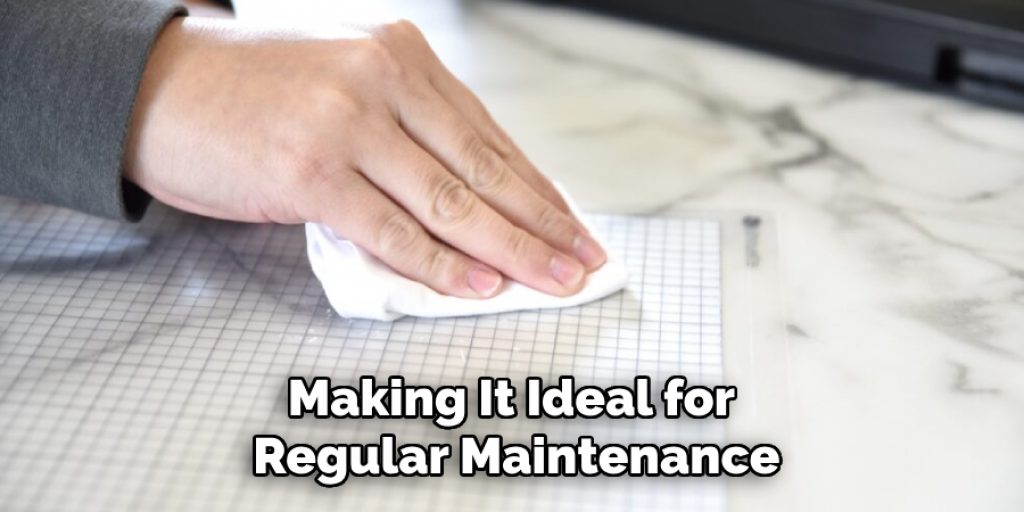
4. Using Rubbing Alcohol
Rubbing alcohol is a useful solvent for removing adhesive residue from your Silhouette mat. Pour a small amount of rubbing alcohol onto a soft cloth or cotton pad. Gently rub the alcohol-soaked cloth over the areas with sticky residue or grime. The alcohol will help dissolve the adhesive, making it easier to wipe away. After cleaning, use a clean, damp cloth to wipe down the mat and remove any remaining alcohol. Allow the mat to air dry completely before reusing it. This method is particularly effective for dealing with strong adhesive residues or sticky spots on the mat.
5. Using a Silicone Cleaning Brush
A silicone cleaning brush is designed to gently scrub and lift debris from various surfaces, including Silhouette mats. To use this method, dampen the mat with a small amount of water or a mild cleaning solution. Then, use the silicone cleaning brush to scrub the surface of the mat in a gentle, circular motion. The silicone bristles will help dislodge and lift dirt and debris without damaging the mat’s surface. Rinse the mat thoroughly after cleaning to remove any residue from the cleaning solution. Allow the mat to air dry completely before using it again. This method is effective for both routine cleaning and removing stubborn debris.
6. Using a Soft Brush
A soft brush, such as a paintbrush or a makeup brush, can be an excellent tool for removing dust and small particles from your Silhouette mat. Gently brush the surface of the mat with the soft brush, working in circular motions to lift and remove debris. This method is particularly useful for cleaning intricate areas and preventing dust buildup. For best results, use a clean brush and avoid using any harsh or stiff bristles that could damage the mat. After brushing, you can use a lint roller or a damp cloth to remove any remaining dust or particles. This method is ideal for regular maintenance to keep your mat clean and free from dust.
7. Using a Vacuum Cleaner
A vacuum cleaner with a soft brush attachment can be an effective way to remove loose debris from your Silhouette mat. Set the vacuum to a low suction setting to avoid damaging the mat’s surface. Gently run the brush attachment over the surface of the mat, focusing on areas with visible debris. The vacuum will help lift and remove dust, paper scraps, and other particles without the need for direct contact. For best results, use the vacuum cleaner regularly to prevent debris buildup. This method is especially useful for maintaining a clean mat between more thorough cleanings.
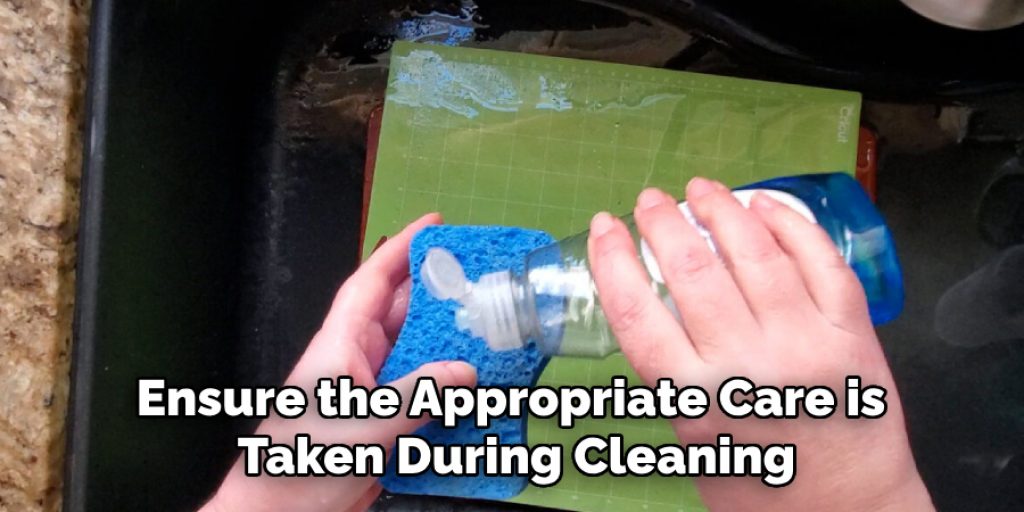
8. Using a Microfiber Cloth
A microfiber cloth is a gentle and effective tool for cleaning your Silhouette mat. Dampen the cloth slightly with water or a mild cleaning solution, then wipe the surface of the mat in a gentle, circular motion. The microfiber material will help lift and trap dirt and debris without scratching or damaging the mat. After cleaning, use a dry section of the cloth to wipe away any remaining moisture. This method is ideal for routine maintenance and for keeping your mat clean without using harsh chemicals or abrasive tools.
9. Using a Commercial Adhesive Remover
For heavy-duty cleaning, a commercial adhesive remover can help dissolve stubborn adhesive residues and grime. Apply a small amount of the adhesive remover to a soft cloth or cotton pad, and gently rub it over the affected areas of the mat. Follow the manufacturer’s instructions for application and safety. After using the adhesive remover, wipe the mat with a clean, damp cloth to remove any residue from the cleaning product. Allow the mat to air dry completely before using it again. This method is effective for removing tough adhesive residues and restoring the mat’s functionality.
10. Using a Warm Water Soak
A warm water soak can be an effective way to clean your Silhouette mat, especially if it has accumulated significant grime or adhesive residue. Fill a sink or basin with warm water, ensuring that it is not too hot to avoid damaging the mat. Submerge the mat in the warm water and let it soak for about 20 to 30 minutes. This will help loosen and dissolve any debris or adhesive. After soaking, use a soft sponge or cloth to gently scrub the surface of the mat. Rinse the mat thoroughly with clean water to remove any soap or cleaning solution. Allow the mat to air dry completely before reusing it. This method provides a thorough cleaning and helps maintain the mat’s adhesive properties.
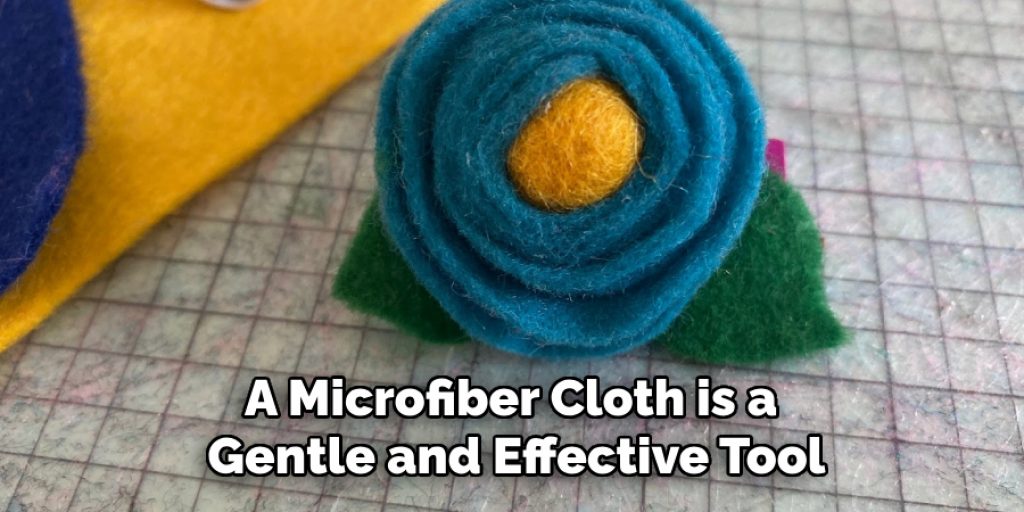
Conclusion
Maintaining the cleanliness of your Silhouette mat is essential for achieving optimal cutting performance and prolonging the life of the mat. Each of these ten methods offers unique advantages for different types of dirt, debris, and adhesive residues. Whether you choose to use a mild soap solution, a lint roller, or a commercial adhesive remover, these detailed methods provide comprehensive options for keeping your mat in top condition. Thanks for reading, and we hope this has given you some inspiration on how to clean a silhouette mat!




